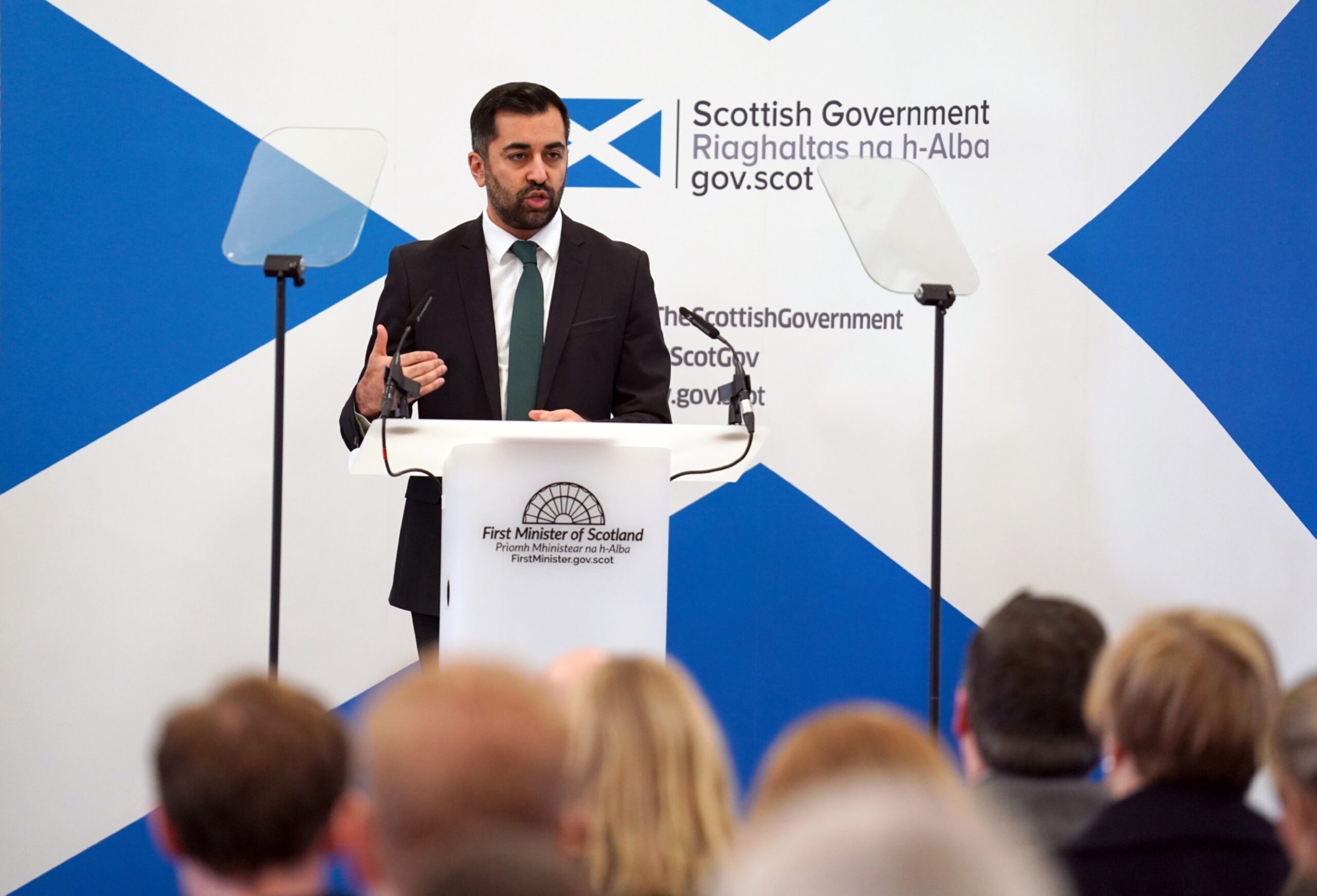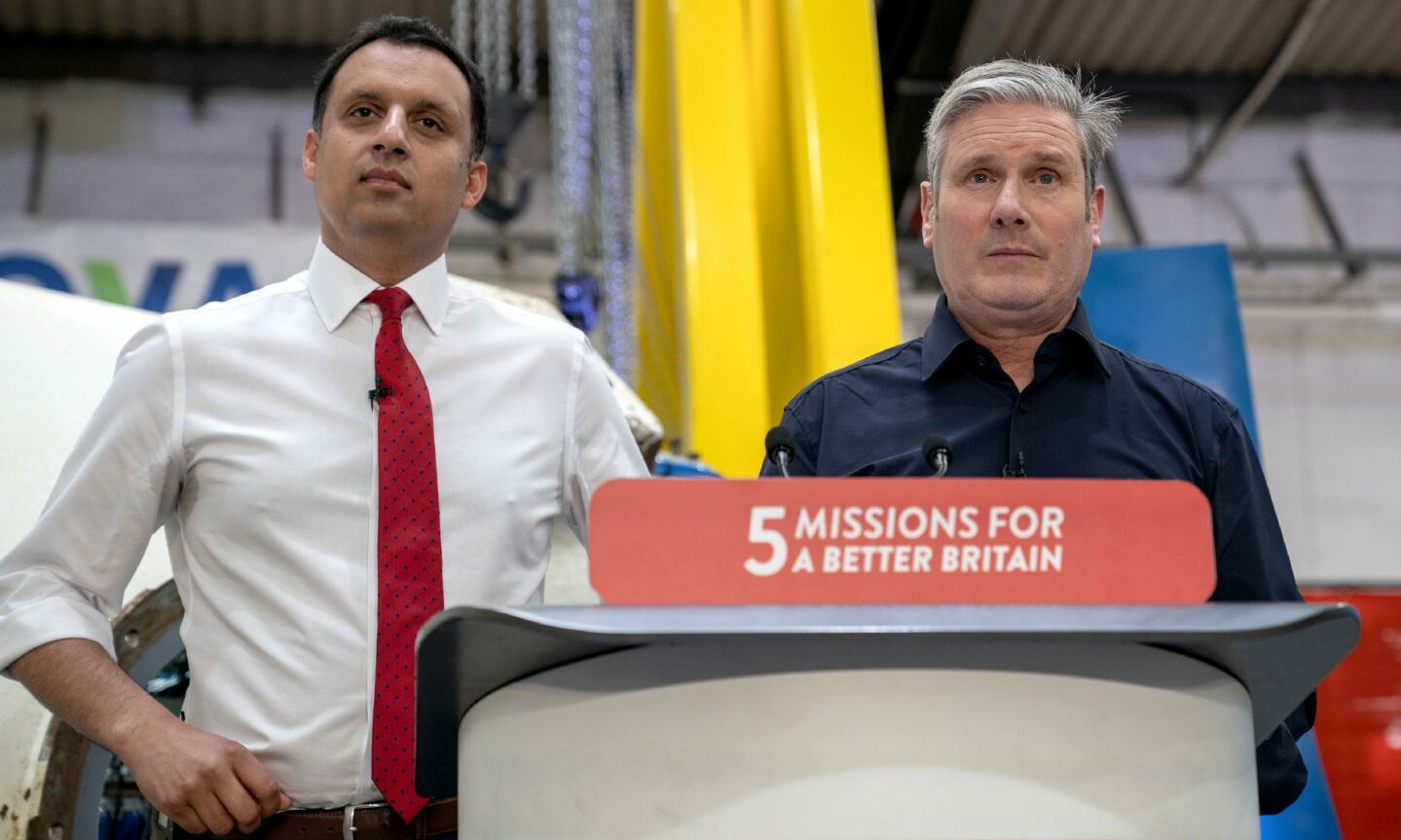What should a Keir Starmer government do to retain the support of “Yes” inclined Scots?
Should a Prime Minister Starmer lean into the nationalist cause by devolving more powers to Holyrood on point of principle? Should he provide a legislative route to another independence referendum, in a similar way to how referendum conditions are laid out for Northern Ireland as part of the Good Friday Agreement?
If a post-general election SNP proposes a Scottish constitutional convention, should Starmer be an eager participant, in the hope that this will keep former SNP voters onside, perhaps signing up to a new “claim of right” along the way?
The answer to these questions is obvious: Starmer should reject any position that plays into nationalist hands. He should be pragmatic and utilitarian in his thinking about where power sits and how it is used.
That also means rejecting a “muscular unionist” approach that would seek to reinforce power around Westminster on point of principle, while being cloth-eared on reform and the possibility of devolving more powers to Holyrood. This, too, would be counterproductive.
To stymie any future SNP resurgence, then, Starmer will have to avoid leaning into Scottish or British nationalism. Instead, his positioning aim should be to support the trend of Scotland moving back onto the left-right spectrum, and away from a spectrum defined by sovereignty and identity.
Rule number one will be to dodge SNP traps and be laser-focused on how any constitutional change conversation is framed.
A constitutional convention that seeks to rewire the whole UK, driven by pragmatic considerations of achieving more effective administration through decentralisation, and drawing upon Gordon Brown’s extensive work in this area? Certainly.
A Scotland-only constitutional convention that takes as its starting point nationalist ideals about sovereignty and “the people”, thereby setting us up for a “team Scotland versus team Westminster” power and identity battle? Not such a good idea.
The same goes for providing a legislative route to another referendum. Ardent nationalists will argue it is a democratic outrage that such a mechanism is not already in place. But Northern Ireland is a special case, unique in its blood-soaked history. It is not a precedent for Scotland.
Most democracies are nations of nations, in one form or another, and many have separatist movements within them, agitating for independence. Very few have legislative routes to separation. The simple outlawing of secession is, in fact, the norm in many democratic states.
One-off referendums are only a snapshot on the day
If another referendum were to become front and centre of Scottish demands, that demand would ultimately be answered. But the lessons of the 2016 and 2014 referendums would have to be part of the answer.
We can now see clearly that no-turning-back, one-off, binary referendums are a dream for populists. The change advocates can spout any old rubbish about how great life will be if only we back their plan, then face no consequences when they are subsequently revealed as charlatans. This explains why a minority of only around a third of Brits now believe Brexit was the right decision.
Constitutional law expert Derrick Wyatt, emeritus professor of law at Oxford University, argues that secession should only come about if it is the clearly demonstrated “settled and enduring will” of the Scottish people, and not a snapshot of public opinion on the day of a vote.
He advocates a two-vote scenario for any future referendum. If the Scottish electorate voted for secession in the first referendum, then negotiations on issues such as trade and border arrangements, defence and the future of Faslane, how to account for Scotland’s share of the UK national debt and the division of assets, and currency arrangements would begin.
There would then be a transition to full fiscal autonomy. A second referendum would take place once this had bedded in, and after agreement on all outstanding matters had been reached.
“At that stage, the shape and feel of independence would have become clearer to the Scottish electorate. If there were a majority for independence in the second referendum, an Act of the UK Parliament would recognise the establishment of an independent Scotland,” writes Professor Wyatt. This is eminently sensible, even if it enrages the populists.
If Keir Starmer does want a principled position to start from, then he might look to his party’s tradition of solidarity. Add to this a recognition that, in the context of a free democratic society, where none of us are being oppressed, the existence of national communities does not equate with a requirement to acquiesce to nationalism, and he will be getting somewhere.
Get his framing and principles right, and Starmer might keep the SNP in check. Get it wrong, and it will only be a matter of time before they are back.
John Ferry is a regular commentator on Scottish politics and economics, a contributor to think tank These Islands, and finance spokesperson for the Scottish Liberal Democrats



Conversation